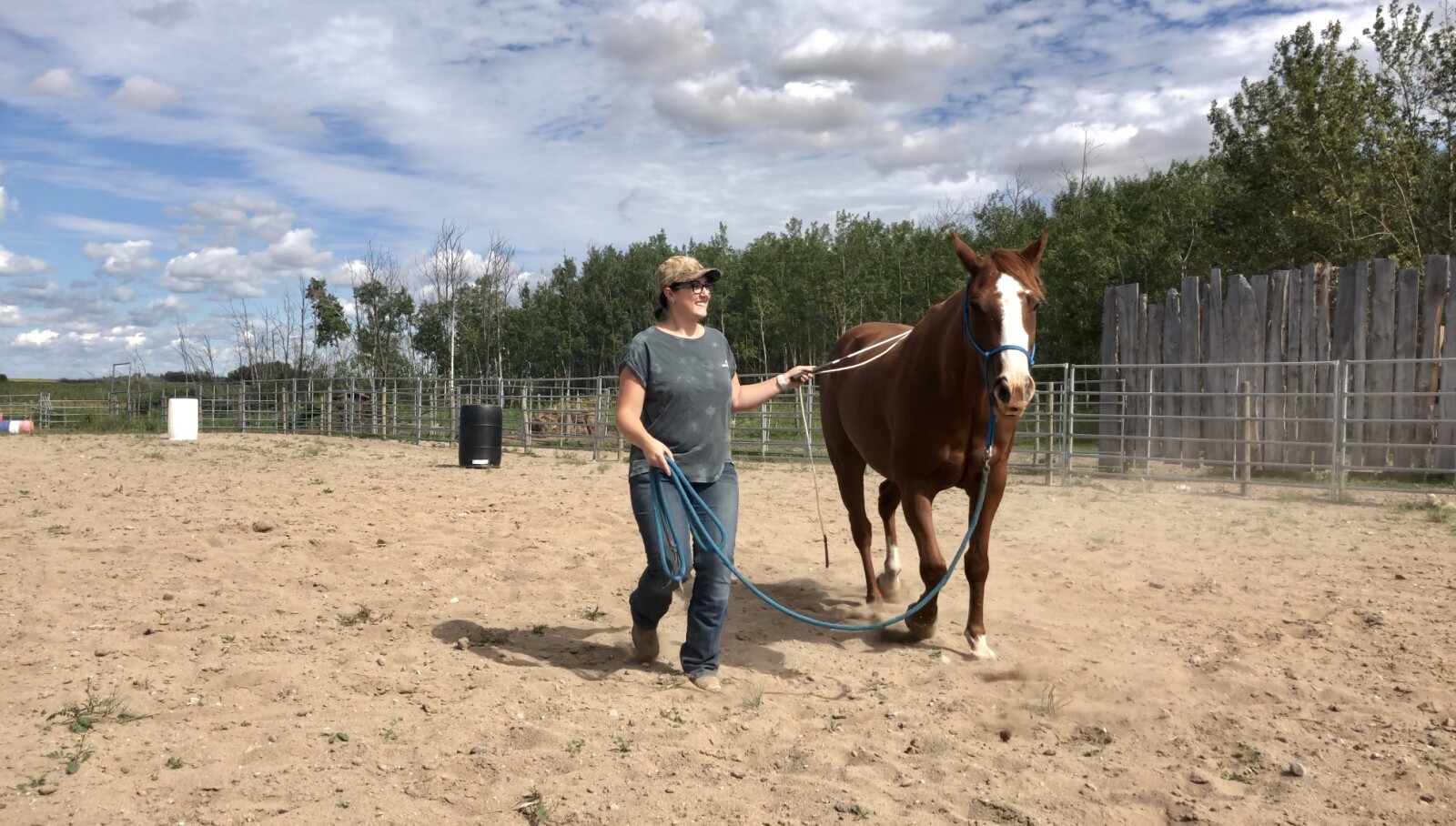
I can already see the look on your face as you read the title. A look of: “how does that make any sense,” as you furrow your brow and maybe tilt your head to the side.. I didn’t even really understand what I was learning until the result presented itself. And that was a calmer horse.
First off, these ideas are not my own. I have been following several trainers, and although they maybe didn’t say it flat out as I did, they laid out the work so I would come to that conclusion on my own. So here I am, spilling the beans. Why? Because I think more people should know about this, and it could help a lot of horses and their humans find their calm faster. Let’s get to it.
At a recent Jonathan Field clinic, I participated in it with my horse, Ace. Early on, Jonathan kept talking about the importance of having a plan. I had heard this before, but with different wording with similar meaning. Or at least that’s how I was interpreting it. However, it started to click when we were doing the groundwork. I had to direct Ace in a pattern while he was about 10 feet from me going around in a circle. Pylons were out, and I had to use my body and intention to get him to go on the pylons’ far or near side. Talk about focus! I had to be 100% attentive to what I wanted Ace to do and where I wanted him to go. The second I became wishy-washy in my mind, Ace always went off the path.
It wasn’t long into this when I could see Ace mellow out. He was stretching out, lowering his head, flowing forward in a nice even trot. He was calm. It was like a lightbulb moment for me. He was relaxed because I was focused. He was calm because I had a plan. I knew where I wanted him to go, so he had nothing to start creating anxiety. He didn’t have to be concerned if I knew where I was going or whether I was sure that corner had a monster in it. Ace was able to relax when he knew I was right there in the moment, taking care of him.
I think another large factor in this was Ace wasn’t going to get into trouble for trying to go somewhere he thought I wanted him to go when I had no idea what I wanted, but I just decided to nag at him anyways. In that circle, on our path, he knew if he responded to my slight asks and intention, I would let him do his thing. Go around the circle. I wasn’t nitpicking every little thing. He had a job: trot the circle. I had a job: pick the path of the circle. As a result, he saw me as a confident leader.
Now I want to expand on something a little further here. As important as it is to have a plan, I also want to remind you that we still need to be flexible. Warwick Schiller has taught me to listen to my horse. I might want to work on a specific drill pattern, but my horse might tell me that we should work on something else. For example, let’s say my horse is suddenly not moving his shoulders nicely. If I persistently push my plan forward, I will only butt heads with him because he needs his stiff shoulders worked on. The same applies if he’s a bit spooky at things. If he spooks a little at the halter, the gate, the saddle pad, the saddle, the fence, and the arena gate, how can I be shocked if he blows up and bolts at the next little thing? His worry cup got full, and I was too short-sighted to address the initial concern before moving on to my plan.
Learning these two things and finally connecting them has made me very excited! Ace and I have a very long journey ahead of us. We will be partners for life. I am in no rush for our future, as we are in your moment together right now. I am so thankful he has the patience to forgive me when I fail continuously and show such satisfaction when we have a significant “ah-ha” moment together.
To hear more, Watch This!
Until next time, 💜


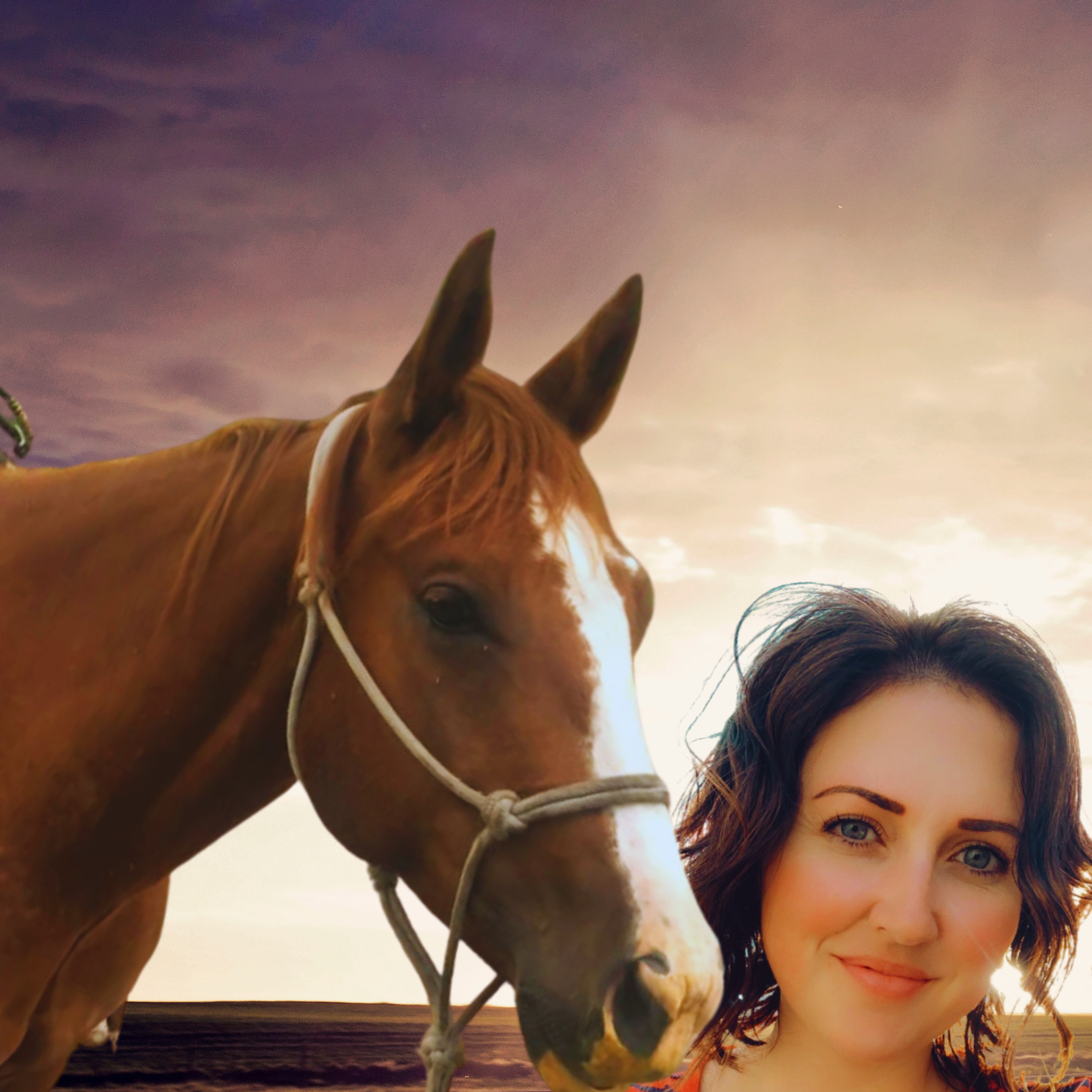


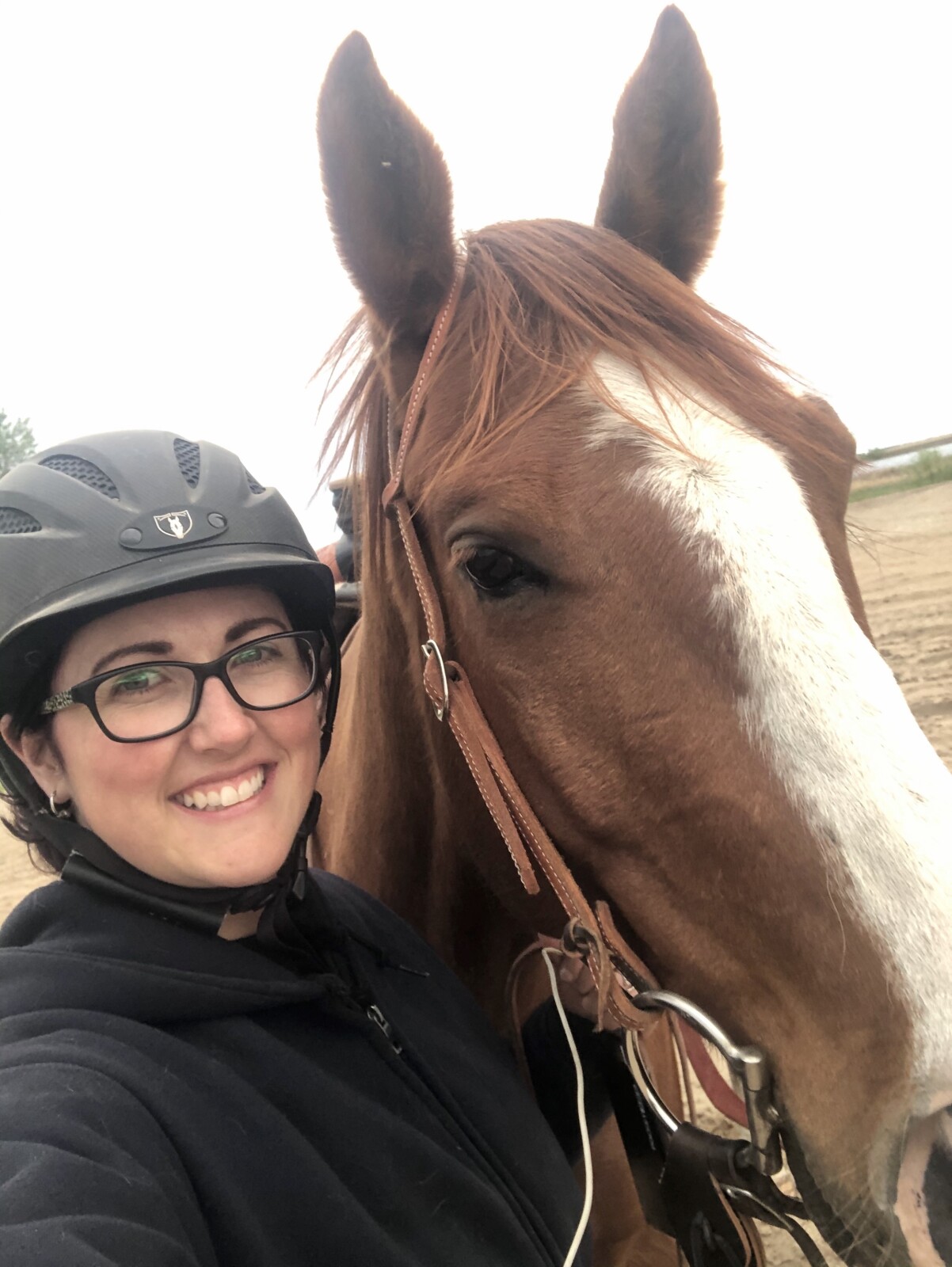
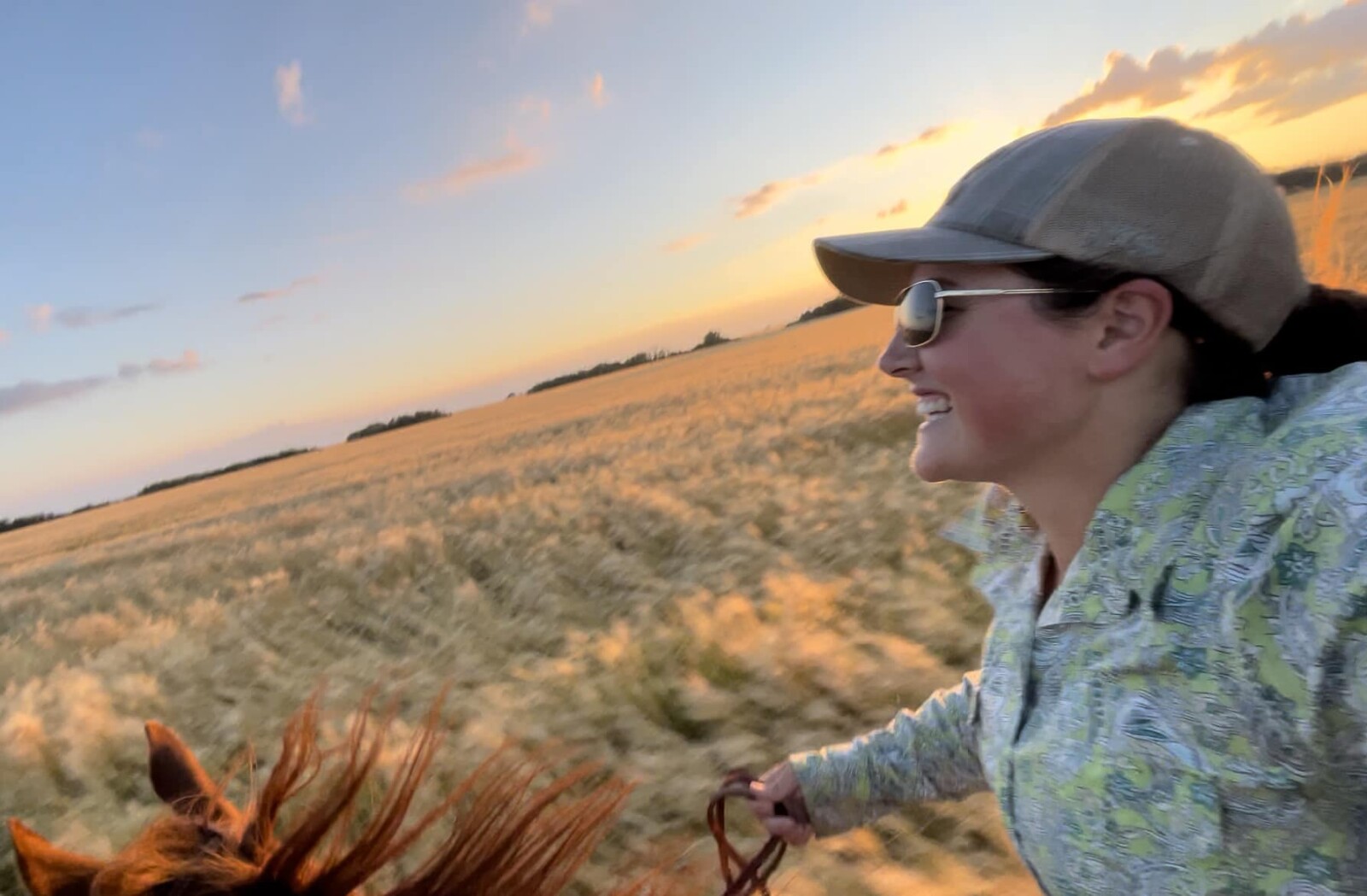
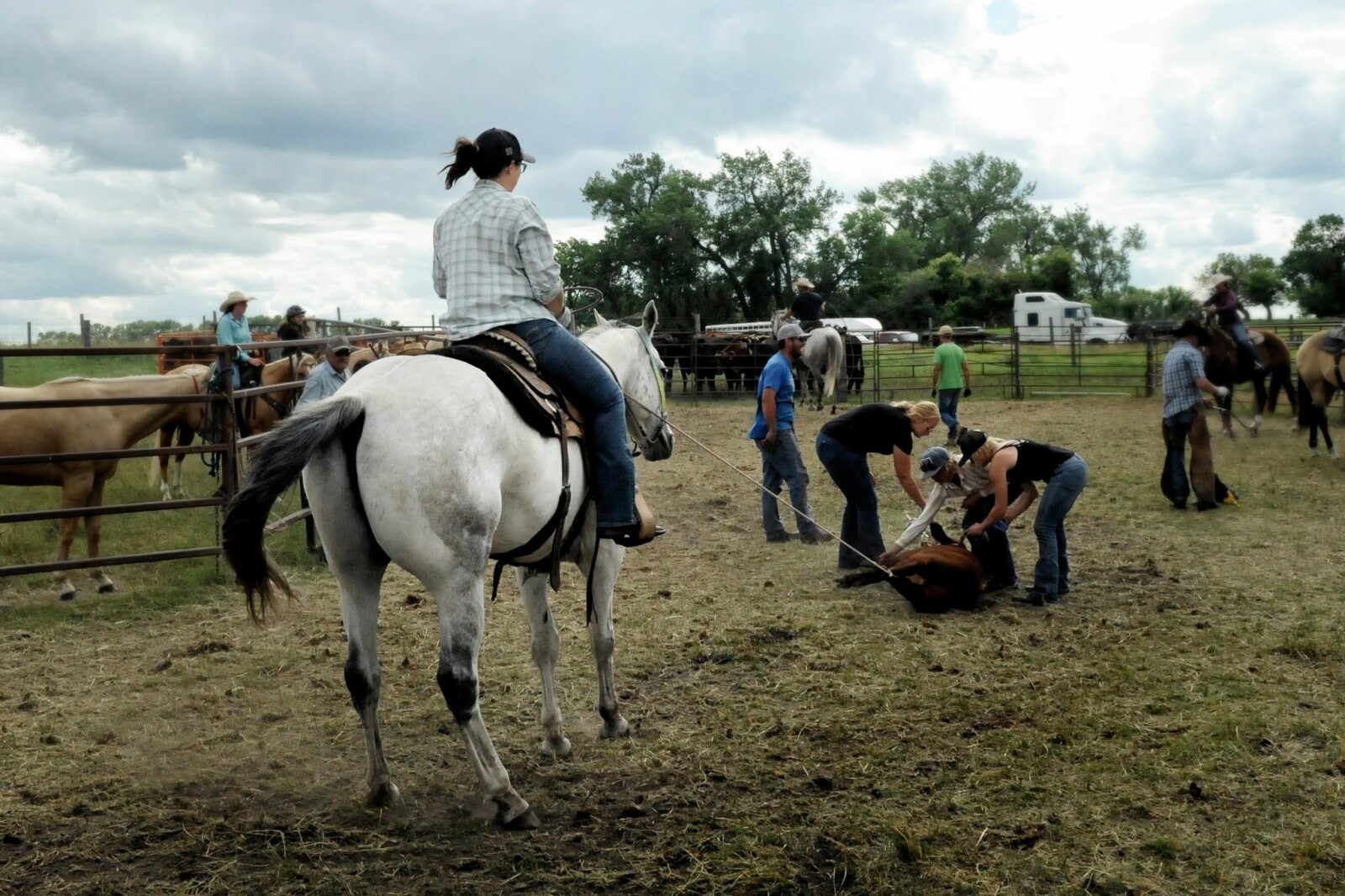
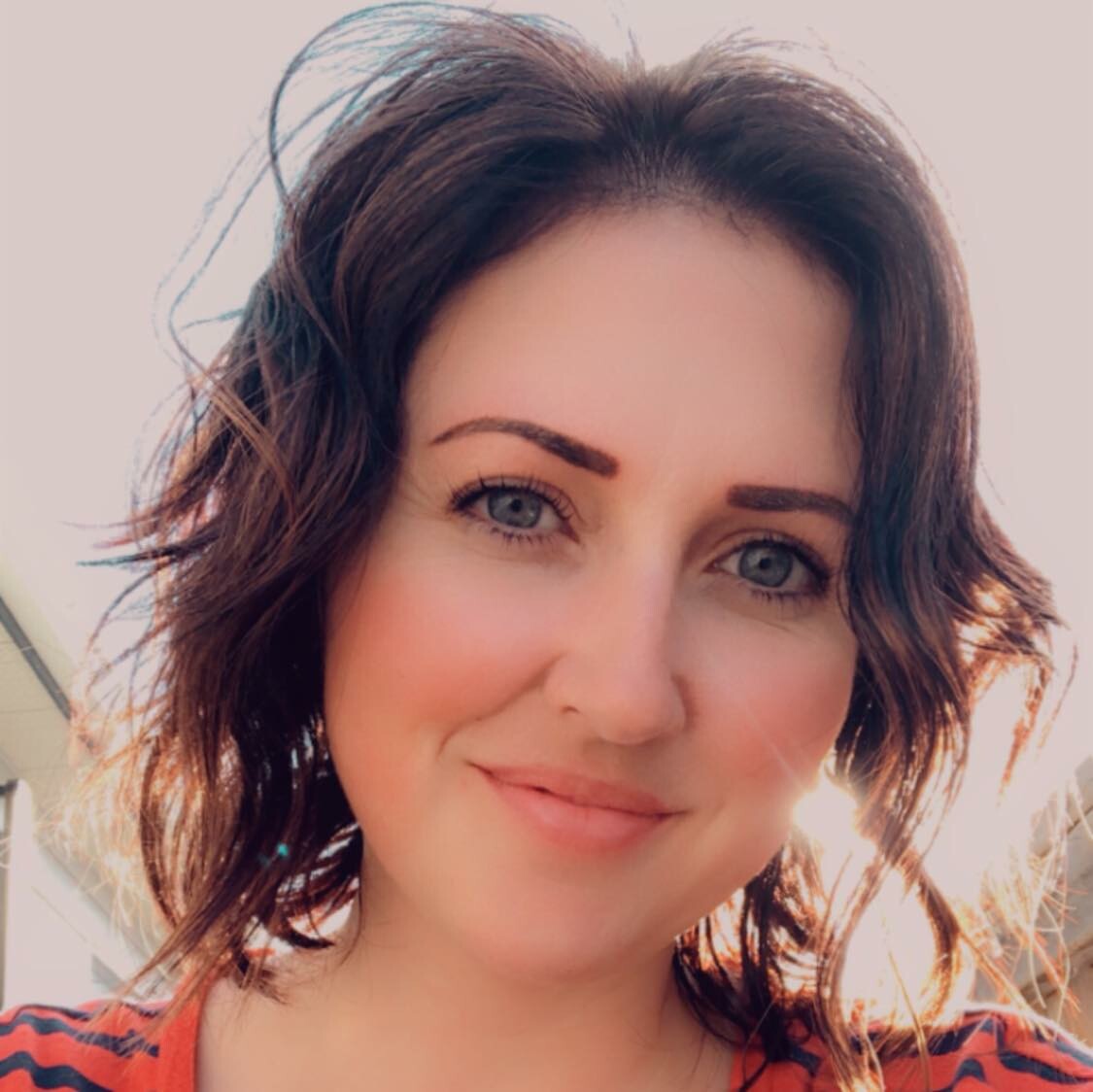
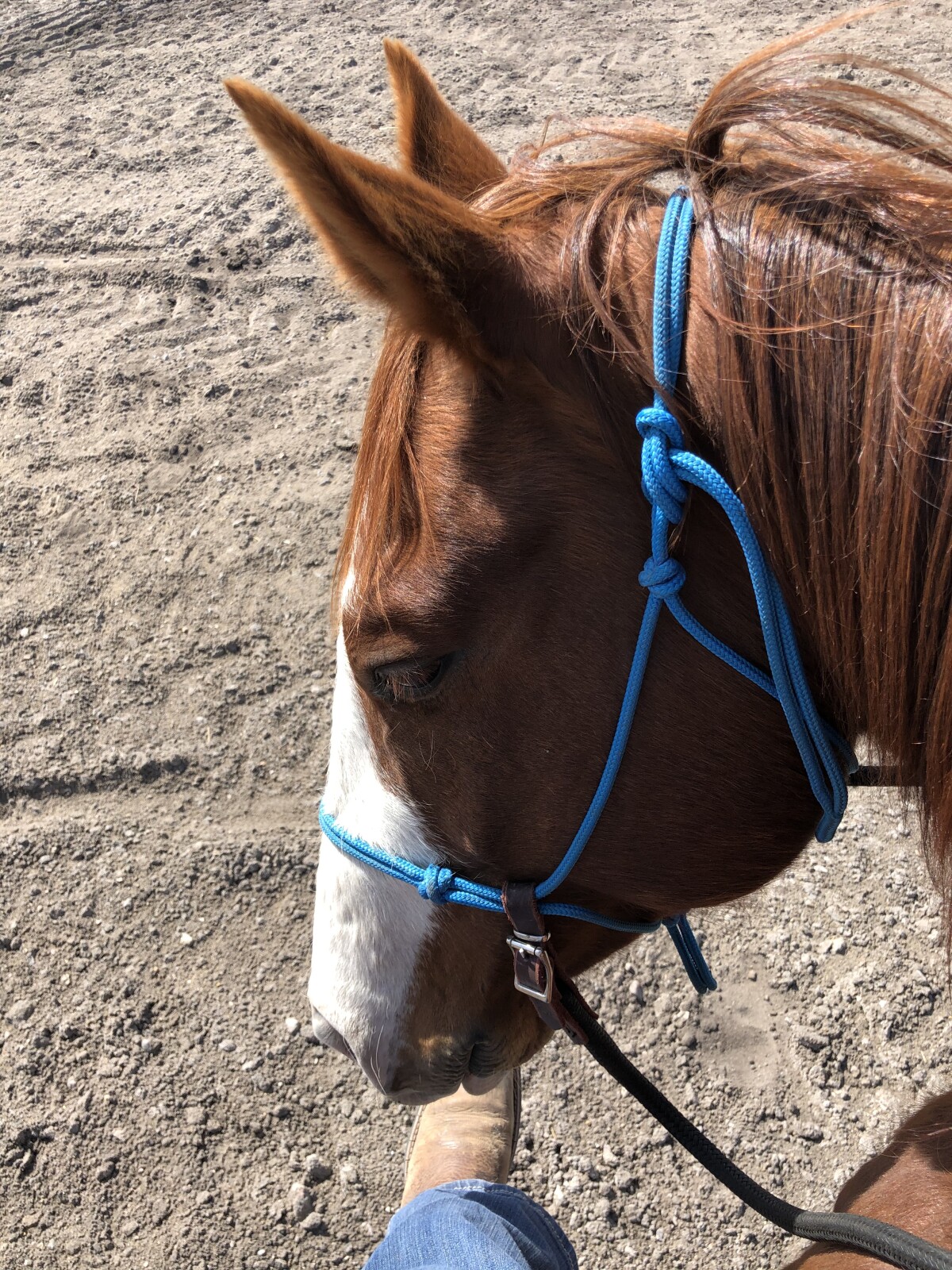

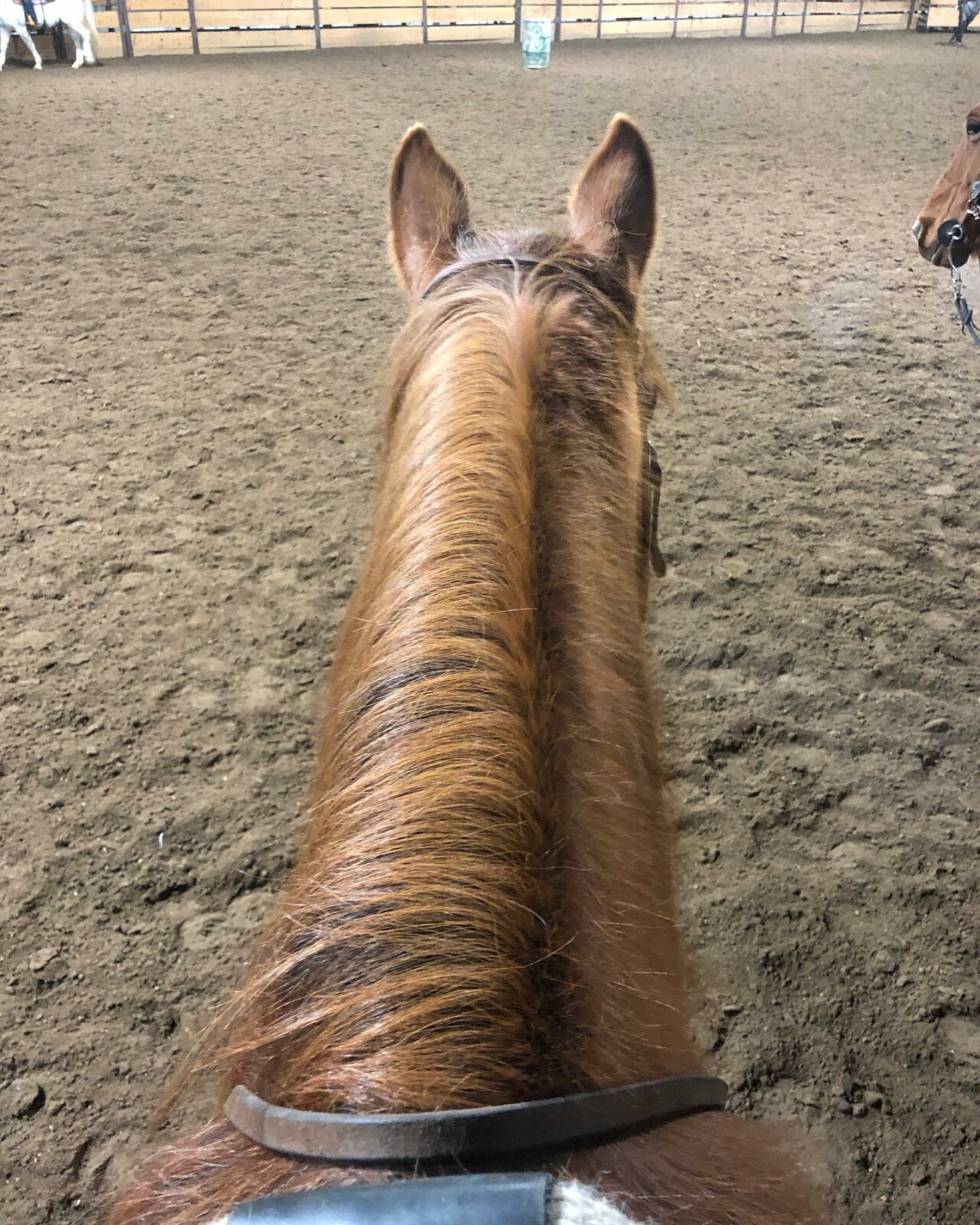



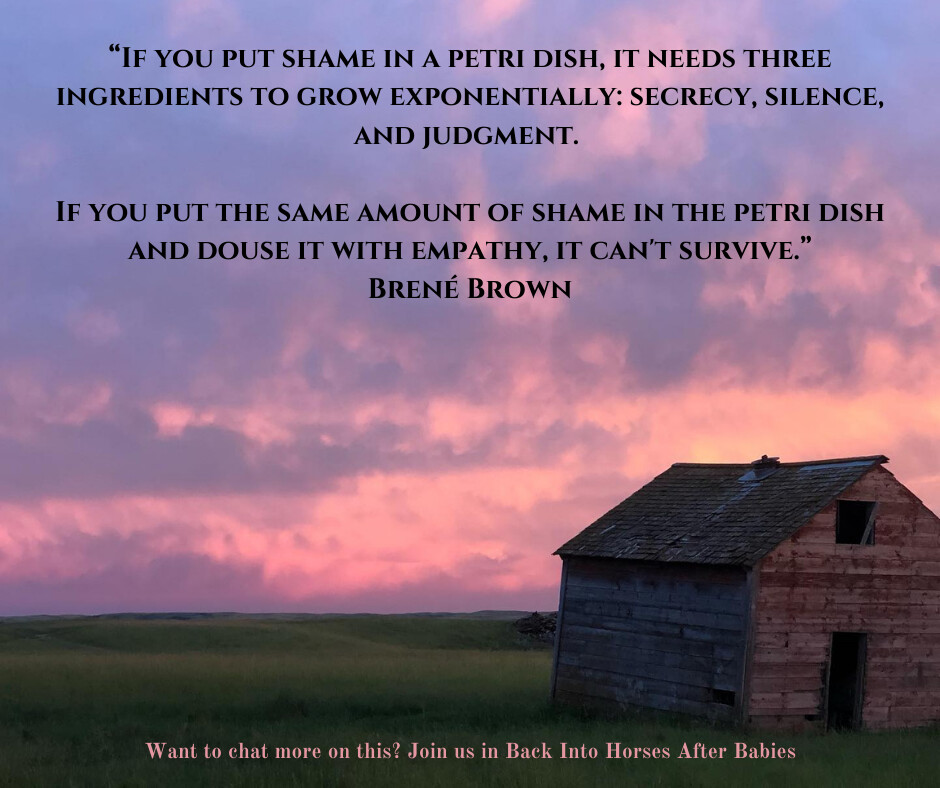
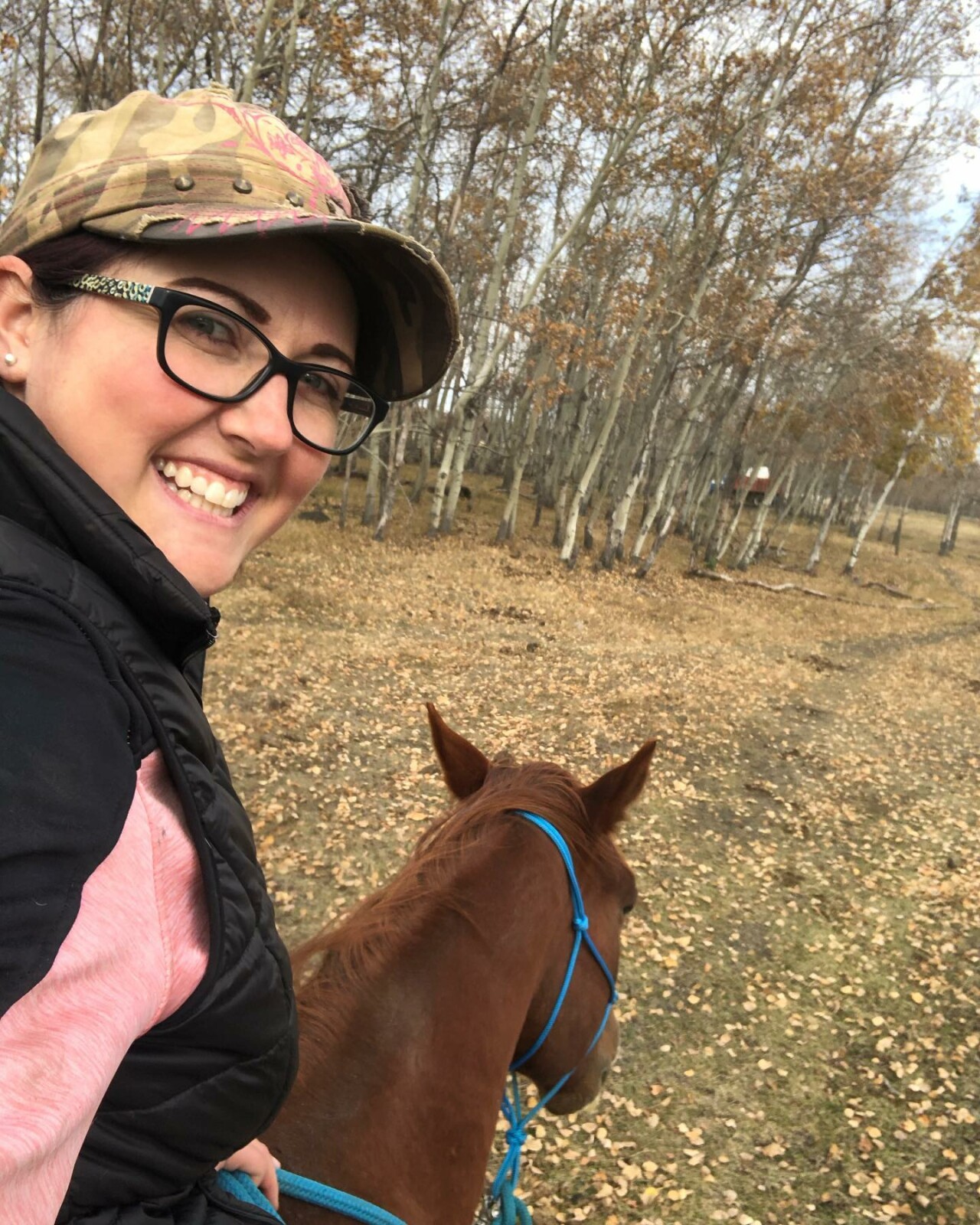
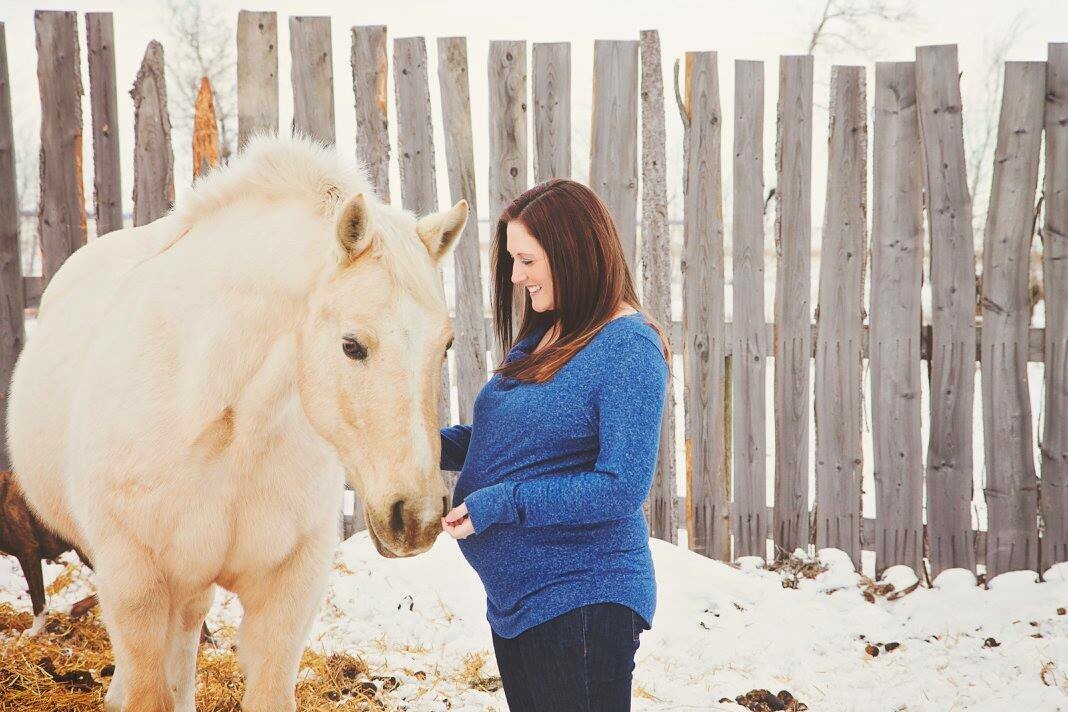

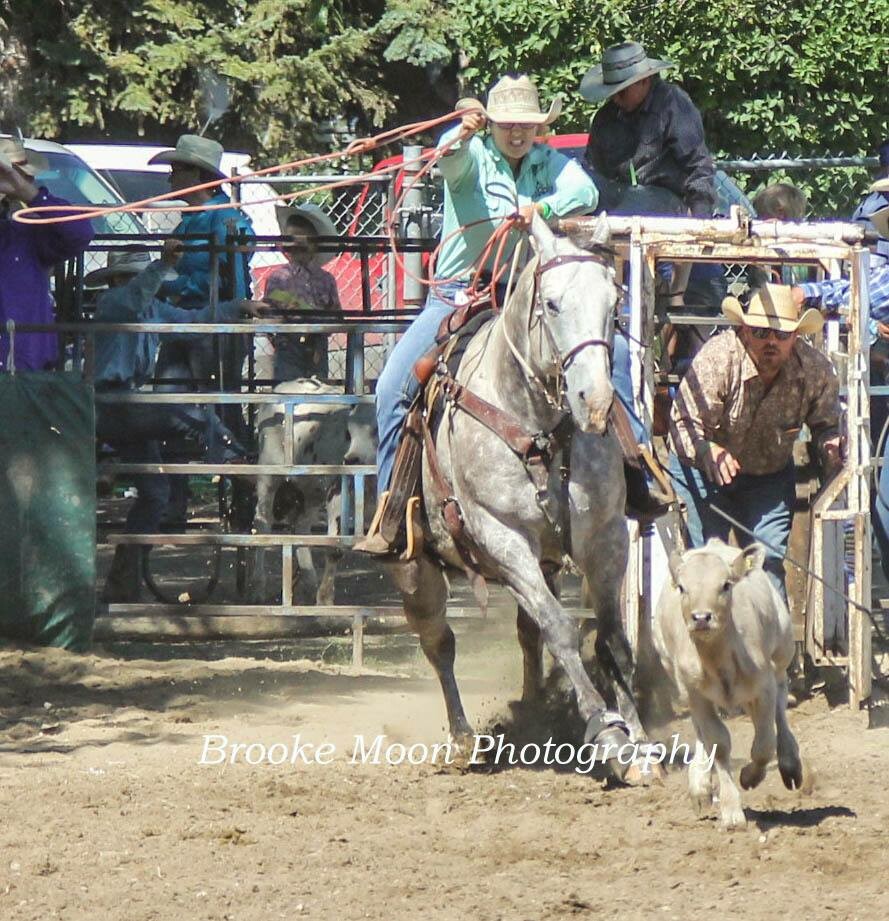
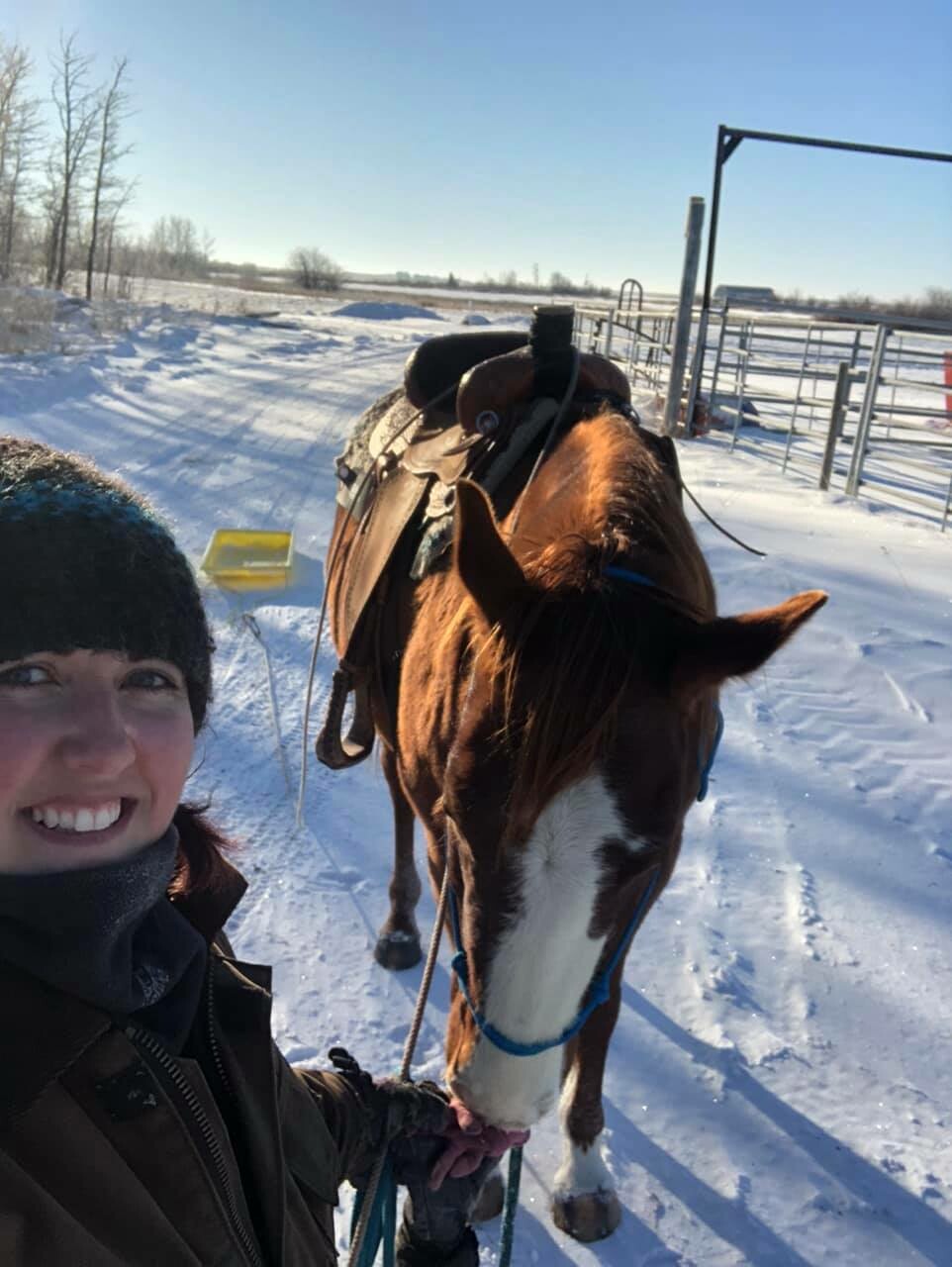







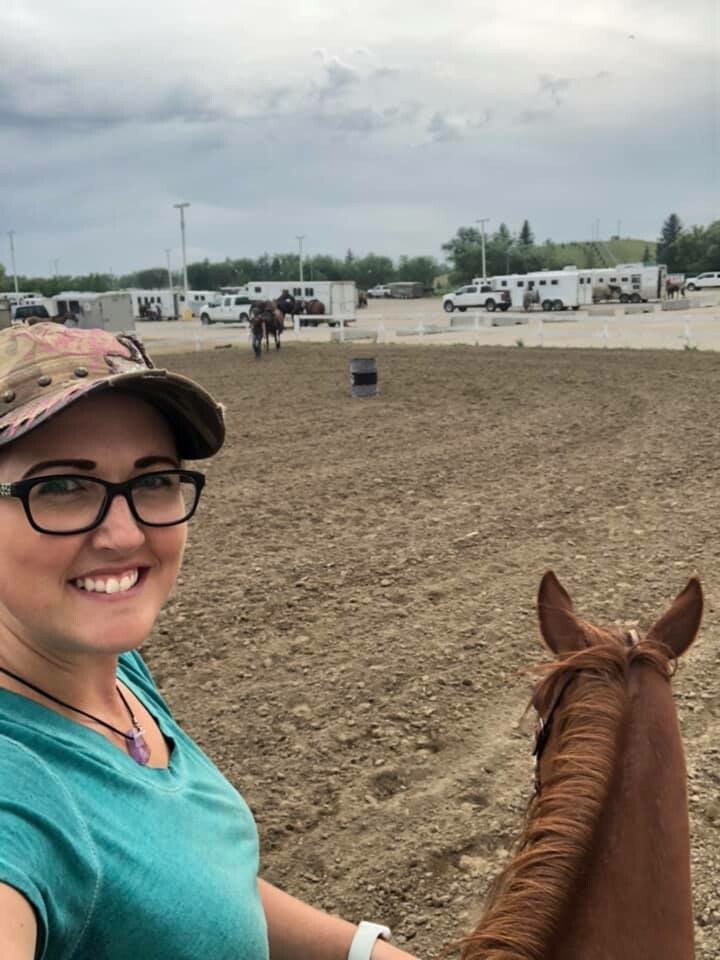
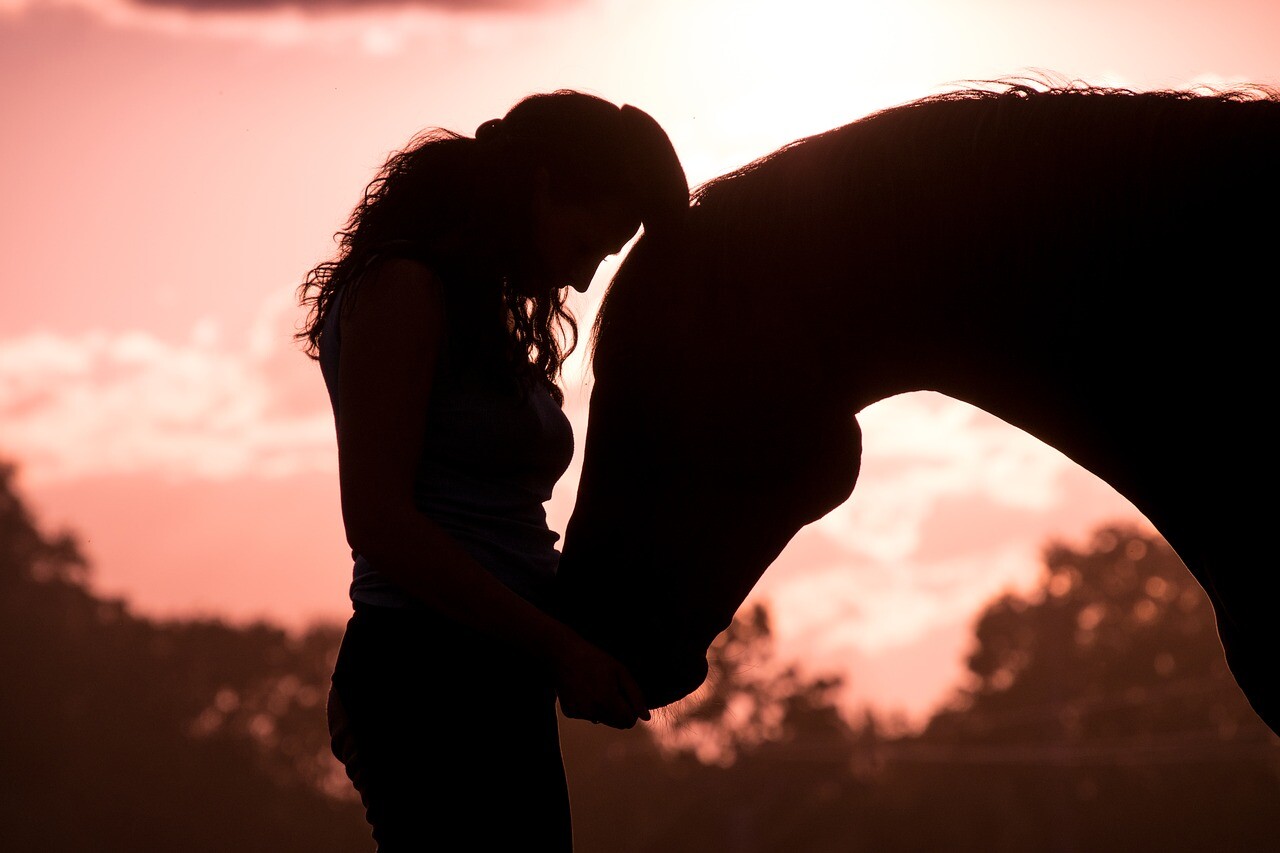
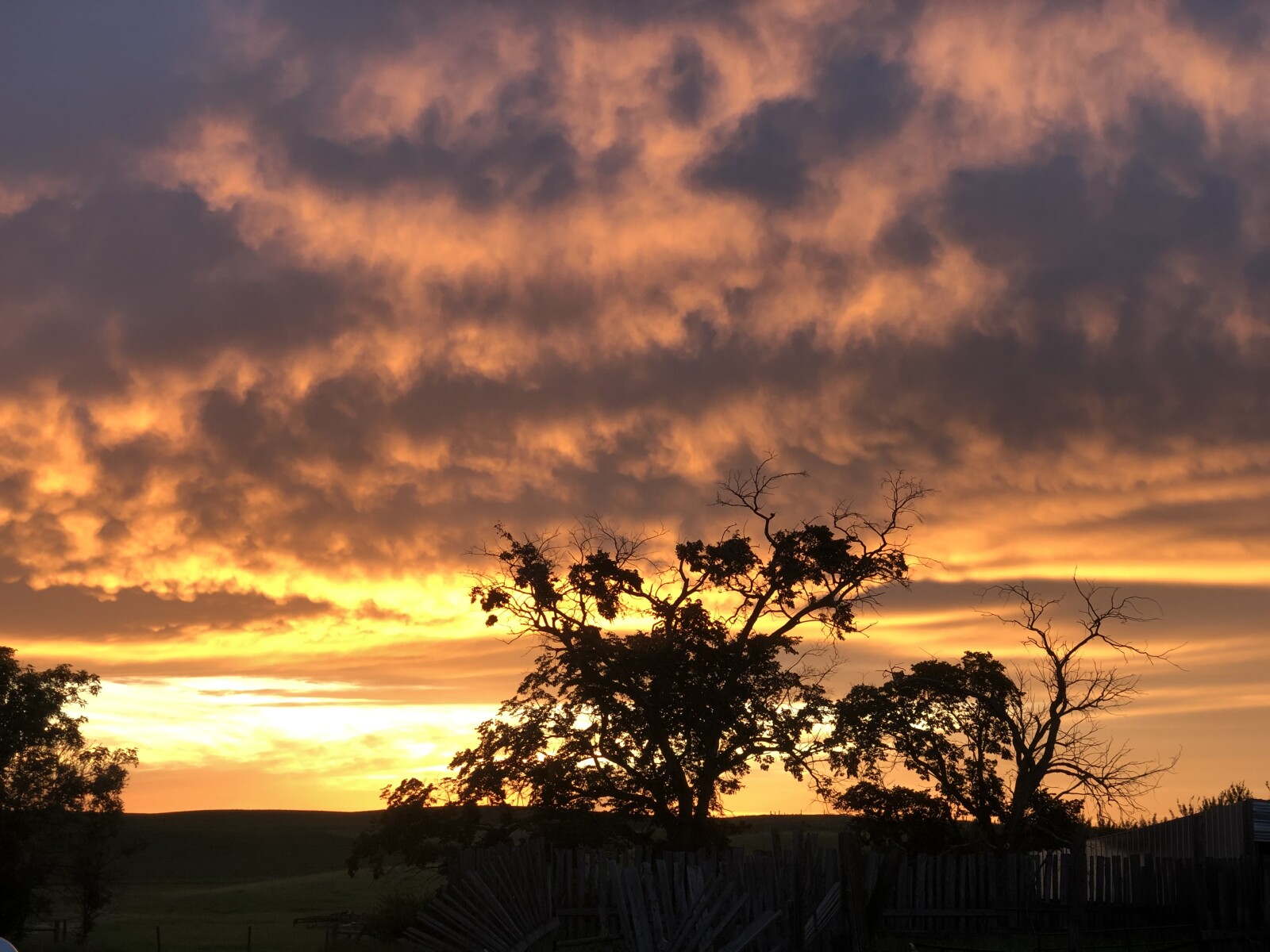
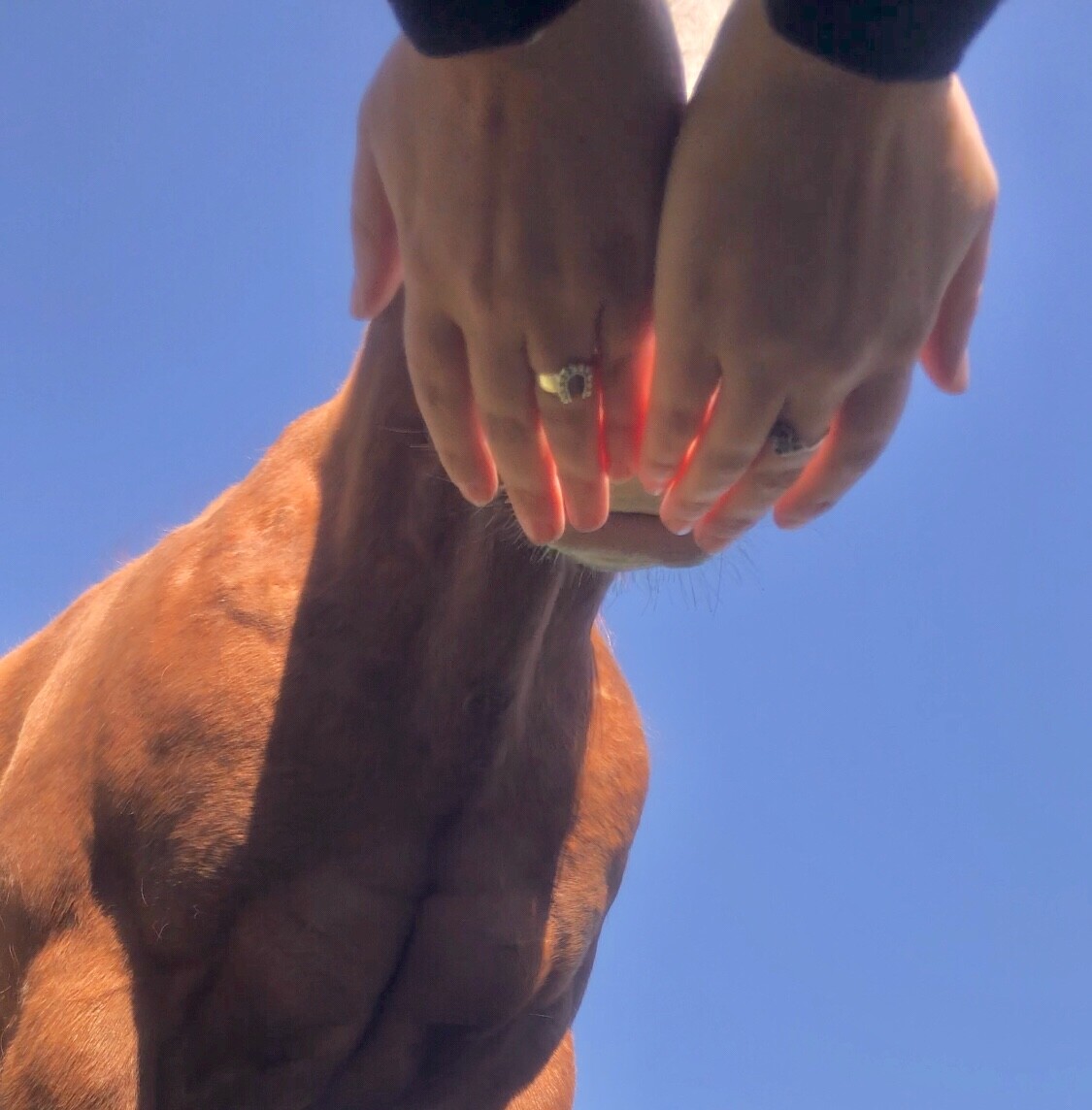
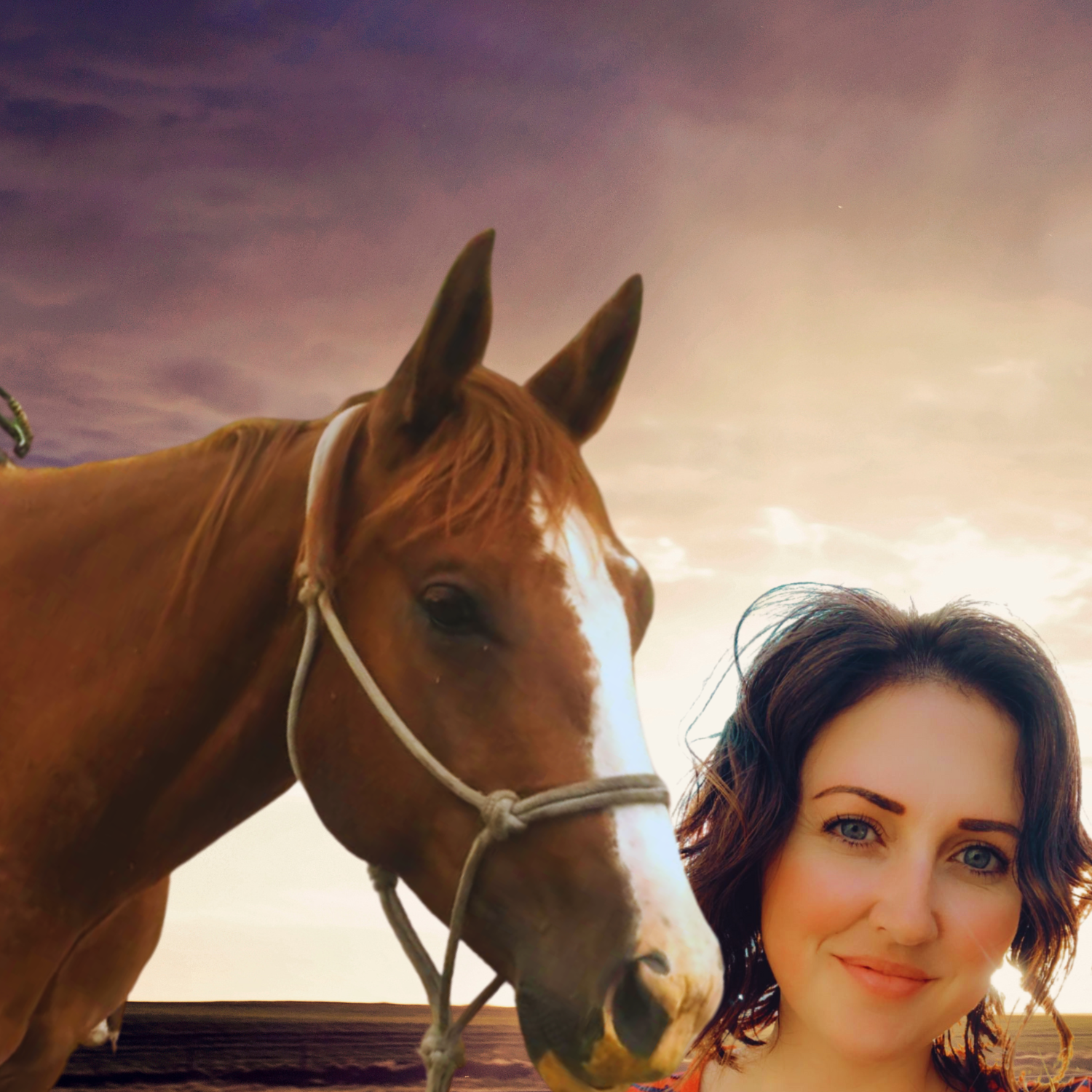
0 Comments